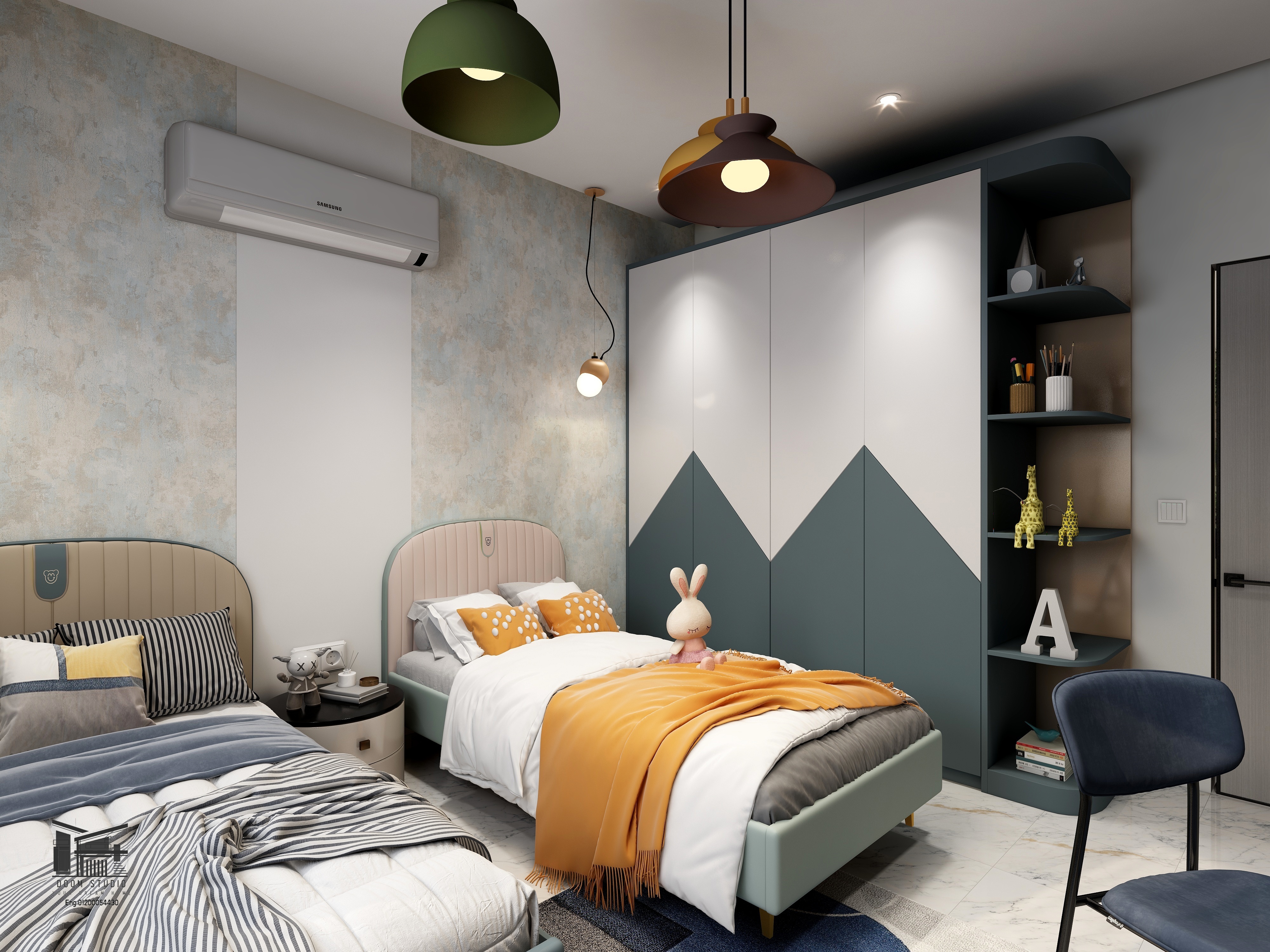Create 3D Floor Plan for 2D Import: Transform Your 2D Designs into Stunning 3D Floor Plans

Creating a 3D floor plan from a 2D import can be both an exciting and challenging process for interior design enthusiasts. Whether you’re a beginner or a seasoned designer, understanding how to effectively convert your 2D plans into engaging 3D visuals can dramatically enhance your design presentations and client interactions. In this article, we’ll explore the steps and tools needed to create a 3D floor plan from a 2D design, ensuring your projects stand out and are fully realized in a three-dimensional space.First, it’s crucial to start with a high-quality 2D floor plan. This plan serves as the foundation of your 3D model. If you don’t have one yet, you can sketch your ideas on paper or use software to create a digital version. Remember to include all the necessary details such as walls, windows, doors, and any existing furniture layouts.Once you have your 2D plan, the next step is to select a software tool that supports 3D modeling. There are several options available, but Coohom stands out due to its user-friendly interface and extensive library of furniture models and templates. This software allows you to import your 2D floor plan effortlessly and transform it into a detailed 3D rendering in just a few clicks.After importing your 2D design into Coohom, use the software's intuitive tools to extrude your walls to the desired height, add textures, and define materials. This is where the magic happens, as you can see your flat design morph into a realistic 3D space. Don't forget to add lighting and shadows to enhance the depth and ambiance of your design.Another exciting feature of Coohom is its vast library of furniture models. You can select from millions of options to furnish your space, giving it personality and functionality. Simply drag and drop items into your 3D model, and adjust their dimensions to fit perfectly into your design.Once you’re satisfied with the layout, you can take advantage of Coohom’s high-quality rendering capabilities. These allow you to generate photorealistic images of your 3D floor plan, which can be a game-changer when presenting your ideas to clients or stakeholders. The renderings showcase not just the layout but also the textures, lighting, and overall feel of the space, making your designs come to life in a visually appealing manner.Lastly, don’t forget to save and export your project. Coohom enables you to export your 3D floor plan in various formats, making it easy to share with clients or integrate into presentations. This seamless export function ensures that your hard work is showcased beautifully.In conclusion, converting a 2D floor plan into a dynamic 3D model is a straightforward process with the right tools and approach. By utilizing software like Coohom, you can simplify the transformation while enhancing your design capabilities. Embrace the opportunity to create stunning visuals that will captivate your audience and elevate your design projects to new heights.
Tips for Effective 3D Modeling:
1. Start with a detailed 2D plan to ensure accurate dimensions in your 3D model.2. Utilize software that offers a wide range of furniture and material options.3. Pay close attention to lighting; it can drastically change the perception of your 3D space.4. Regularly save your work to avoid losing progress.5. Experiment with different layouts to find the most functional design.
FAQ
Q: Can I import my existing 2D plans into Coohom?A: Yes, Coohom supports importing various 2D formats, making it easy to start your 3D modeling process.Q: Is Coohom suitable for beginners?A: Absolutely! Coohom is designed with user-friendliness in mind, making it accessible for users of all experience levels.Q: How long does it take to render a 3D floor plan?A: The rendering time can vary based on your project size and complexity, but Coohom offers high-quality results relatively quickly.
welcome to Coohom
Please check with customer service before testing new feature.

